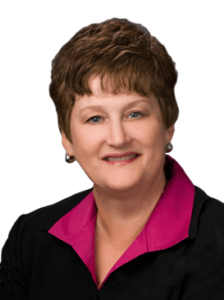Seniors improving in key health measures: report
Seniors are showing gains in key health measures and are taking more steps to improve their own health, according to the second edition of United Health Foundation’s "America’s Health Rankings Senior Report: A Call to Action for Individuals and Their Communities."
Key findings of the report:
- Seniors are more active compared with the previous year, with physical inactivity declining from 30.3 percent of the senior population to 28.7 percent.
- Preventable hospitalizations dropped in the year, from 66.6 discharges per 1,000 Medicare beneficiaries to 64.9 discharges.
- Nursing home care improved over the past year, with quality nursing home beds increasing from 42 percent of beds rated at four or five stars to 46.8 percent.
“The decline in physical inactivity indicated in the report shows that seniors are making progress in living healthier lives, says Rhonda Randall, DO, senior adviser to the foundation and chief medical officer and executive vice president of UnitedHealthcare Retiree Solutions. "However, significant challenges remain—such as the prevalence of obesity and many chronic conditions—that we as a nation need to address…to improve seniors’ health and quality of life. It is up to us—communities, states and the healthcare system—to promote healthy behaviors among this growing demographic.”
Minnesota is the healthiest state for seniors for the second year in a row, according to the report. Hawaii ranks second, followed by New Hampshire, Vermont and Massachusetts. Mississippi is the least healthy state for seniors, followed by Louisiana, Kentucky, Oklahoma and Arkansas.
Chronic conditions
More than 35 percent of seniors have at least four chronic conditions, more than 25 percent of seniors are obese and 28 percent are physically inactive, according to the United Health Foundation.
“Chronic illnesses such as obesity, diabetes and heart disease not only affect seniors’ overall health but place pressure on families, caregivers and our healthcare system,” says Reed Tuckson, MD, senior medical adviser to the foundation. “These challenges will only intensify as the senior population continues to grow. It’s critical that we work together—individuals, families, communities, states and the healthcare system—to develop solutions that address chronic illness among seniors and lay the groundwork for improved health for generations to come.”
To see the full rankings, visit: www.americashealthrankings.org/senior.
I Advance Senior Care is the industry-leading source for practical, in-depth, business-building, and resident care information for owners, executives, administrators, and directors of nursing at assisted living communities, skilled nursing facilities, post-acute facilities, and continuing care retirement communities. The I Advance Senior Care editorial team and industry experts provide market analysis, strategic direction, policy commentary, clinical best-practices, business management, and technology breakthroughs.
I Advance Senior Care is part of the Institute for the Advancement of Senior Care and published by Plain-English Health Care.
Related Articles
Topics: Activities , Clinical , Executive Leadership











